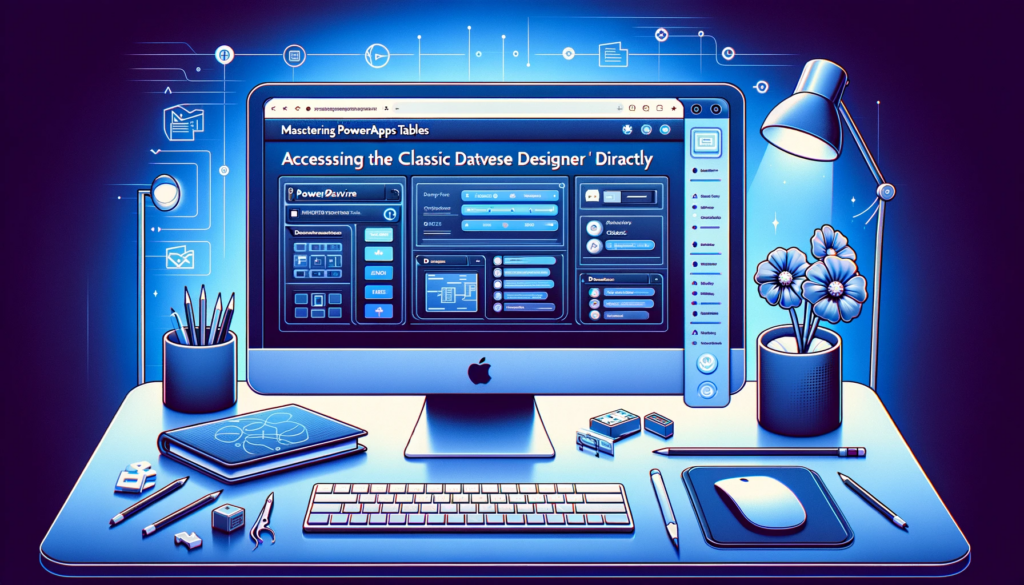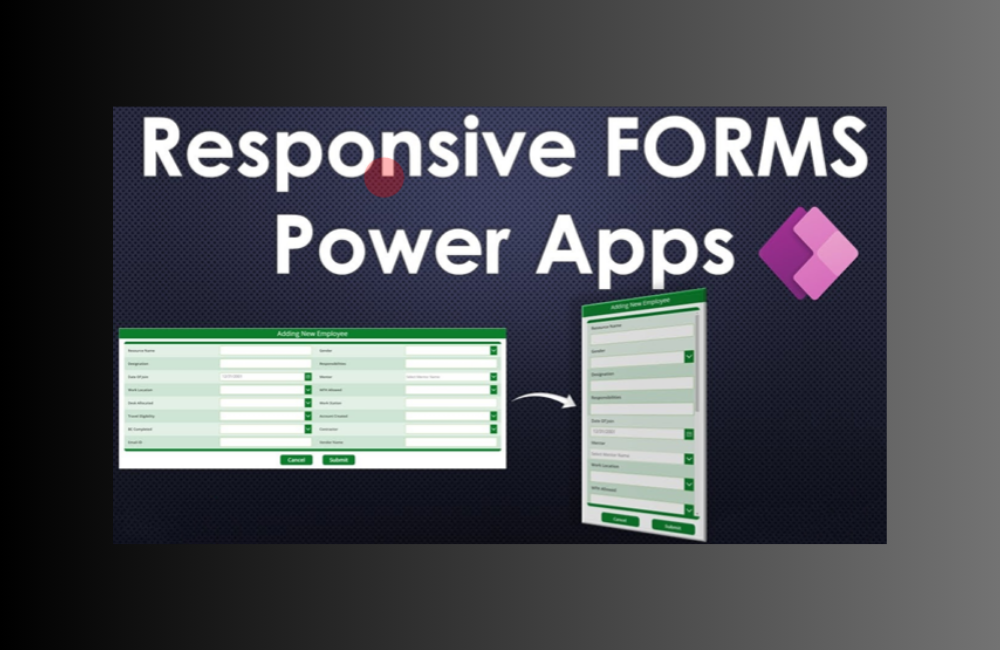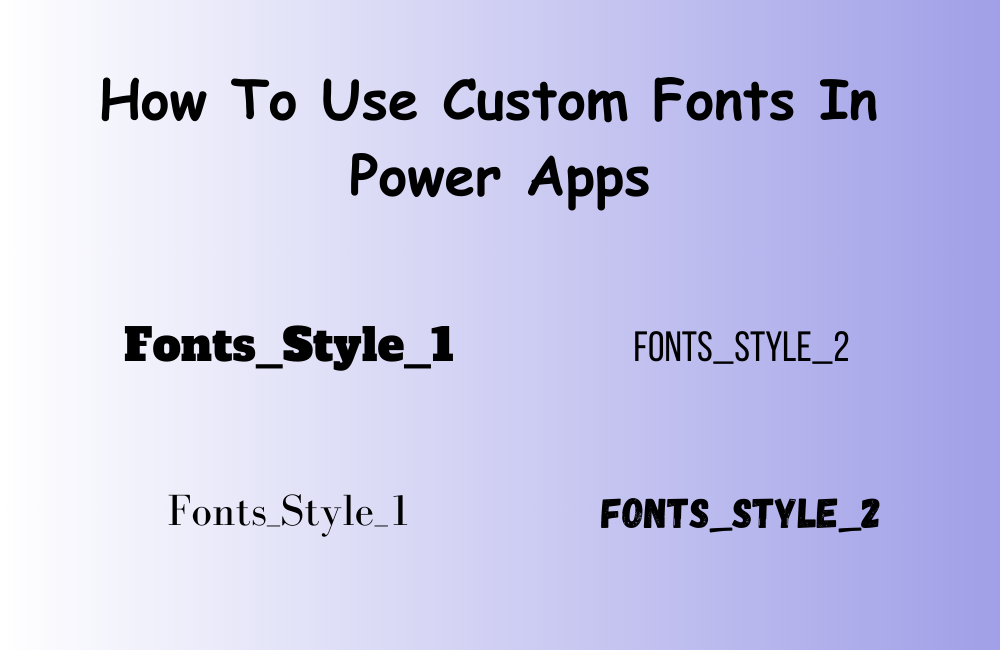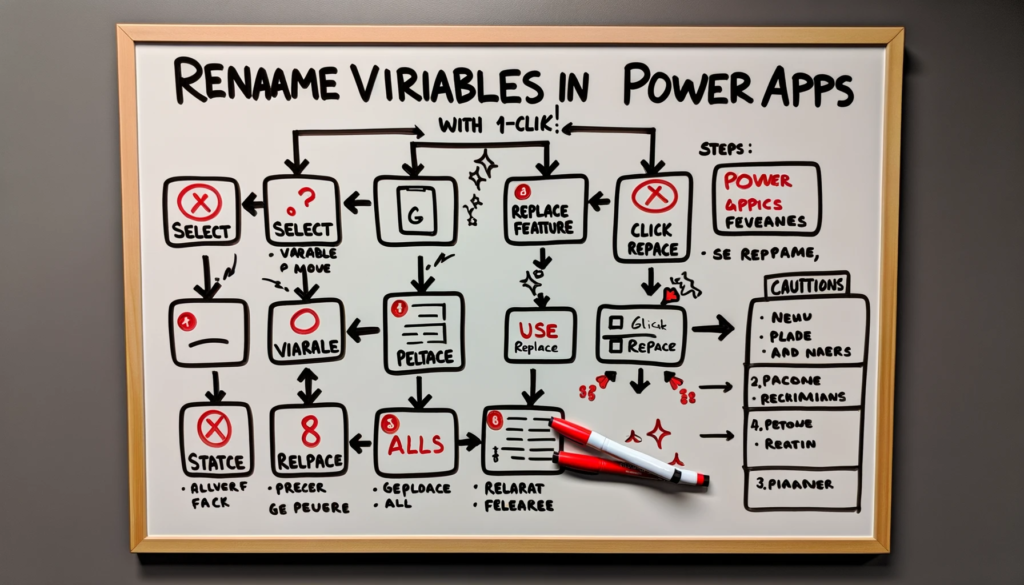Dataverse: A Guide to Accessing the Classic Designer When the Direct Option Goes Missing
PowerApps table designers, particularly those working with Dataverse, often come across updates that can sometimes make certain features inaccessible. This guide provides a workaround for such issues by directly accessing the classic designer using its web address. For more in-depth help, or if you encounter any technical challenges, feel free to contact us. We’re here to help!
Introduction
In the dynamic world of Power Platform, updates to the Dataverse designer sometimes lead to disabled features, including the vital powerapps table or view designers. These disruptions can disable buttons like the save option, impeding the workflow. The traditional solution is to revert to the classic mode, but what happens when even that is not directly available? This guide has the answers.
The Challenge with Modern Dataverse Designer
Recent updates have caused certain key features in the Dataverse designer to become inaccessible. Some users found the save button always disabled, effectively halting their work. The standard solution, switching to the classic mode, becomes a challenge when the classic mode button itself is disabled or grayed out.
Directly Accessing the Classic Designer by URL
The silver lining amidst these challenges is the ability to access the classic designer directly using its web address. This section in the classic designer grants extensive access to Dataverse objects, especially the default solution.
Here’s how you can access it:
- First, you’ll need the organization ID and the ID of the default solution. Here’s an example of the URL format:
https://orgfe0f8107.crm11.dynamics.com/tools/solution/edit.aspx?id=fd140aaf-4df4-11dd-bd17-0019b9312238 - Obtain your organization ID by launching any model-driven app and examining its URL.
- For the ‘Default solution‘ ID, navigate to Solutions > Default solution within the modern Power Apps portal. The ID will be at the URL’s end.
Upon constructing the web address, you can open the default solution in the classic designer. The entities node (formerly known as the “Powerapps table“) will be available, along with other features in the navigation pane on the left that might be missing in the modern designer.
Conclusion
Modern designer glitches, especially after a Power Platform update, can disrupt your workflow. If the option to directly open the classic designer is unavailable, the method described above provides a valuable workaround. Navigate directly to the classic designer using a custom URL, and continue working on your powerapps table. For any assistance or further queries, contact us anytime. We’re committed to ensuring your PowerApps experience is seamless.






